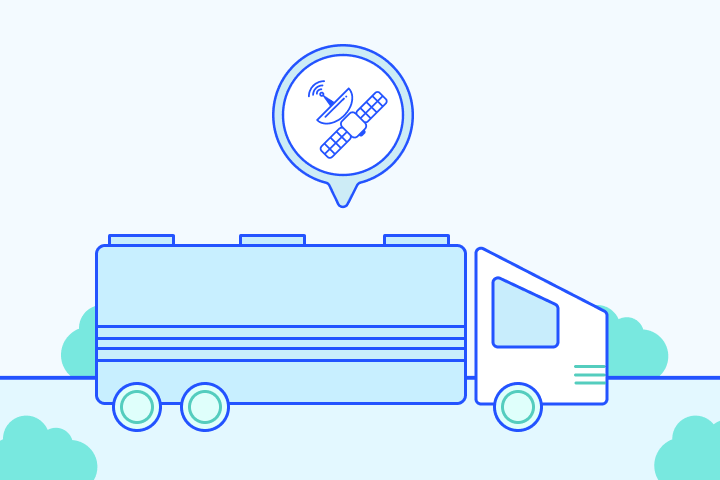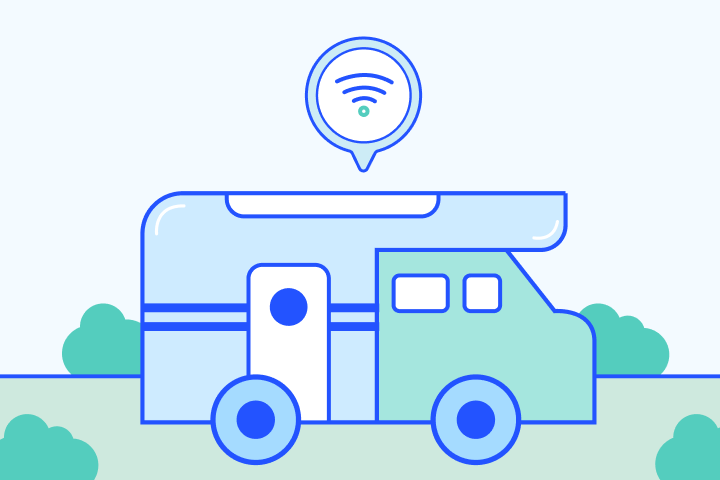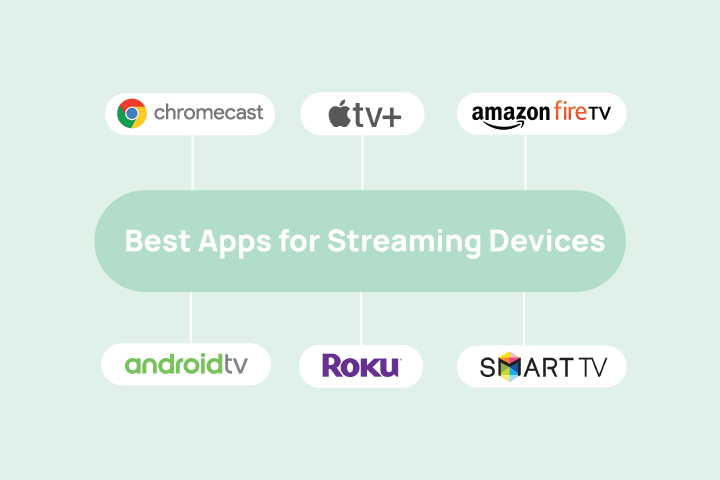Find Internet & TV Providers in Your Area
Find Internet & TV Providers in Your Area


Compare Top Providers
Compare dozens of top internet providers, including EarthLink and Xfinity, to find the best high-speed options in minutes.
Find Bundle Deals
Bundle internet and TV with our user-friendly zip search. Compare the best deals available near you in one place.
Calculate Your Speed
Don’t pay for more than you need! Use our Internet Speed Quiz to determine the best internet speed for your lifestyle.
Review Top Providers
Let us help you choose the best provider. Get the details on top internet, TV and bundle plans near you.
Why HighSpeedOptions
Save Time
Find providers near you and compare plans in seconds. Discover the best deals on internet, TV, and bundles
Save Money
Compare prices in real-time and find the best deals available to fit your budget and digital needs.
Helpful Tools
Our Resource Center offers helpful insights and advice from subject matter experts to help you get the most out of your services.
Get Expert Advice
Our team of experts reviews providers on criteria like performance and price to recommend the best options near you.
How Much Speed Do I Need?
Answer a few quick questions with our Speed Calculator to figure out the best internet speed for your lifestyle.

Find Internet Providers by State
- Alabama
- Alaska
- Arizona
- Arkansas
- California
- Colorado
- Connecticut
- Delaware
- District of Columbia
- Florida
- Georgia
- Hawaii
- Idaho
- Illinois
- Indiana
- Iowa
- Kansas
- Kentucky
- Louisiana
- Maine
- Maryland
- Massachusetts
- Michigan
- Minnesota
- Mississippi
- Missouri
- Montana
- Nebraska
- Nevada
- New Hampshire
- New Jersey
- New Mexico
- New York
- North Carolina
- North Dakota
- Ohio
- Oklahoma
- Oregon
- Pennsylvania
- Rhode Island
- South Carolina
- South Dakota
- Tennessee
- Texas
- Utah
- Vermont
- Virginia
- Washington
- West Virginia
- Wisconsin
- Wyoming













